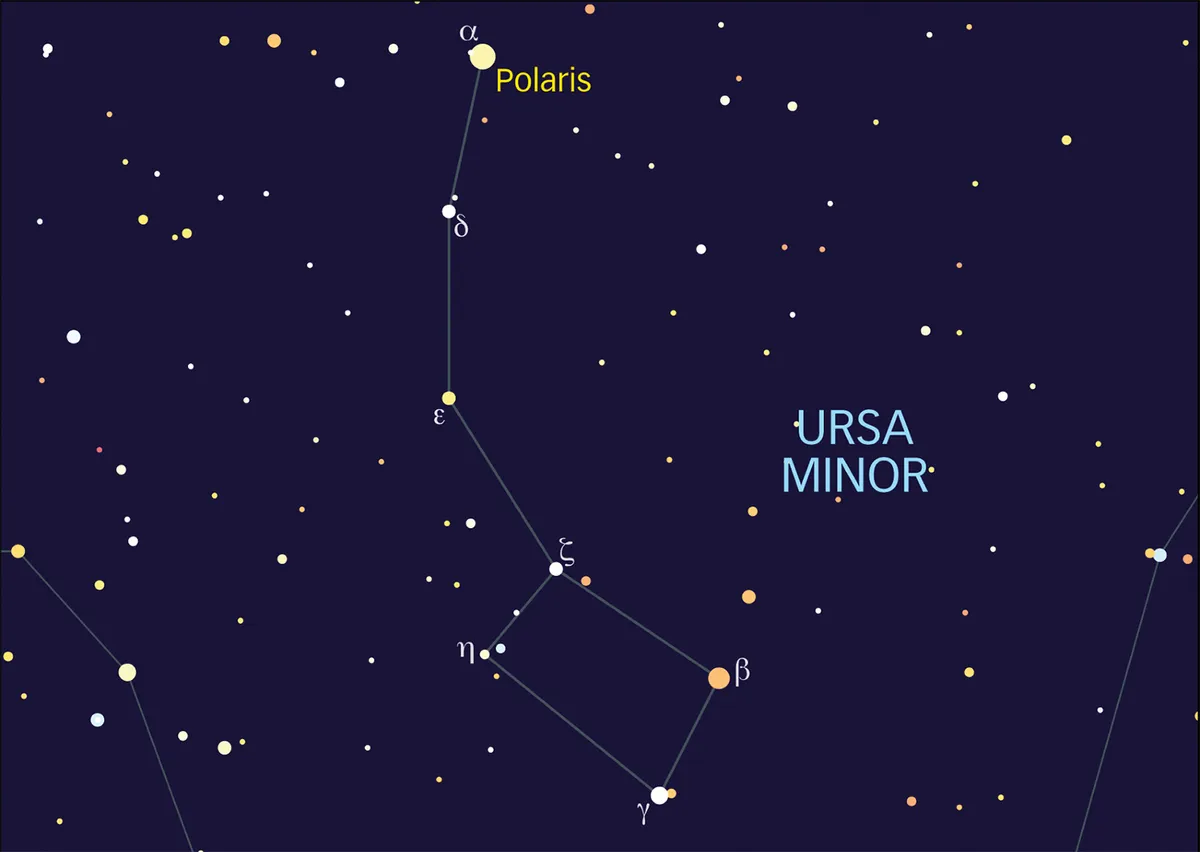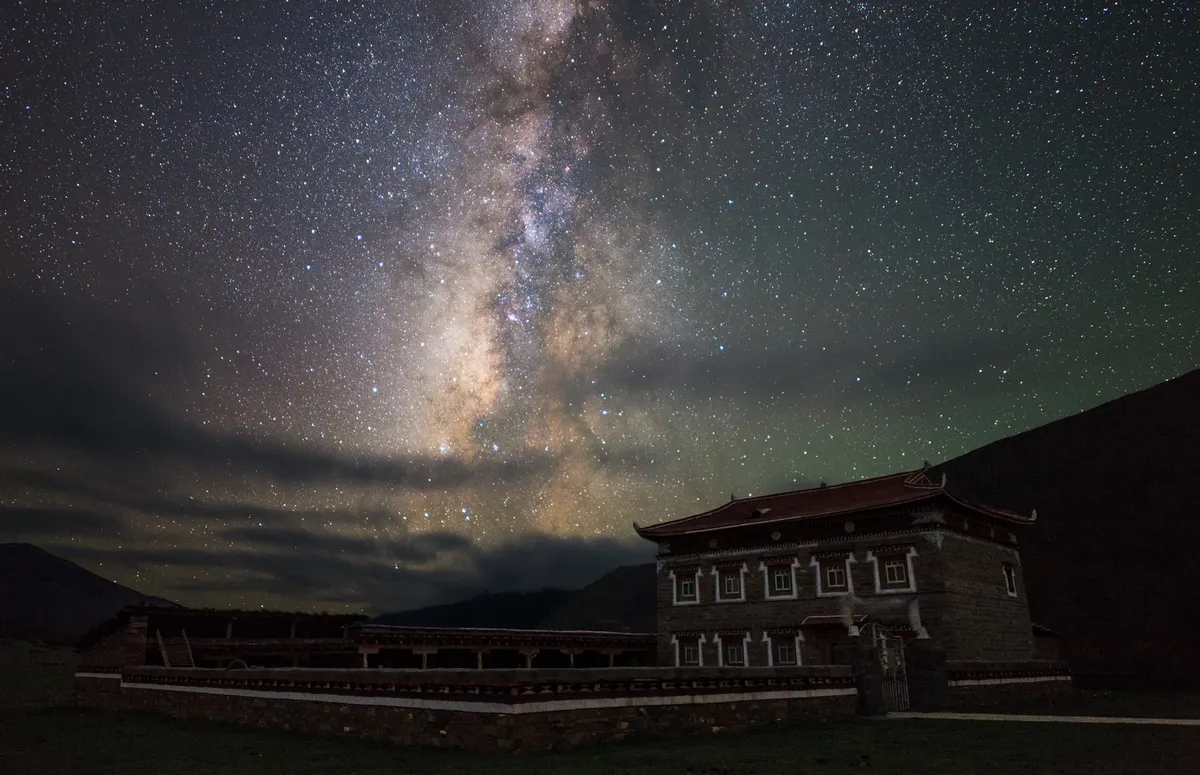Take any photo of the night sky with a DSLR camera and after a certain length of exposure, the stars will start to trail due to the apparent movement of the stars (in reality, Earth’s rotation).
Not so long ago, you needed a large equatorial mount and some familiarity with the ‘dark art’ of image processing to track the movement of the stars for astrophotography.
Today, though, there are many small lightweight, star-tracker mounts that allow us to attach a DSLR camera with a lens or a small telescope and follow the stars’ apparent movement to get extended exposures.
These portable mounts still have one important thing in common with their heavier counterparts: they require polar alignment to track the night sky successfully.

What is polar alignment?
Most star tracker mounts use a small polarscope to align on Earth’s axis of rotation, which, if you extend this line out into space, is slightly offset from the easy-to-locate Polaris (Alpha (α) Ursae Minoris) – the ‘North Star’ or ‘Pole Star’.
Aligning usually means placing the star roughly in the polarscope’s field of view and rotating the right ascension (RA) axis to the correct point, to position Polaris into a small circle on the graticule: the ‘clock face’ pattern that is seen through the eyepiece of the polarscope.
In some cases you can align an engraved set of constellations on the graticule (such as Cassiopeia and Ursa Major) with their positions in the sky.

Your level of success, however, is determined by how accurately you can perform the alignment for your equipment and requirements.
A large system with a telescope needs to be more accurately aligned to track the stars successfully.
It is possible to do this using the Sun, provided you are very careful and know what you are doing. But this must be done with extreme caution to avoid damaging your eyesight.
For more info on this, read our guide on how to polar align during the day.
Polar alignment and exposure times

Let’s look at how a DSLR star tracker can help increase exposure times with polar alignment.
If you are using a star tracker and a camera with wide-field lenses (up to 35mm) then an approximate alignment with Polaris in the centre will typically produce exposures of a couple of minutes.
In contrast, if you perform a proper polar alignment, you can push the exposures up to 10 or even 20 minutes with the same lenses, depending on the level of light pollution.
So, the ability to polar align is vital for getting the most out of your DSLR star tracker.
In addition, the more accurately you can perform the polar alignment, the longer lenses and exposures you can employ, despite the increased weight on the system.

Our preferred method is to use either the Sky-Watcher SyncScan Pro app (for Android and iOS) or the iOptron Polar Scope app (for iOS only) to show where to place Polaris on the graticule, based on the hands of a clock.
By ensuring that the ‘0’ is lined up with the vertical axis of your mount while looking through your polarscope, you can then use either one of the apps to help you position Polaris correctly.
For help with this, follow the step-by-step guide below.
Once you’ve followed the steps you can look forward to capturing great data and producing stunning images.
You can also use the same method to align your heavier equatorial mount.
You will need
- Star tracker
- Polarscope illuminator
- Tripod
- EQ wedge or a tripod with a normal pan head
- DSLR camera with assorted lenses
